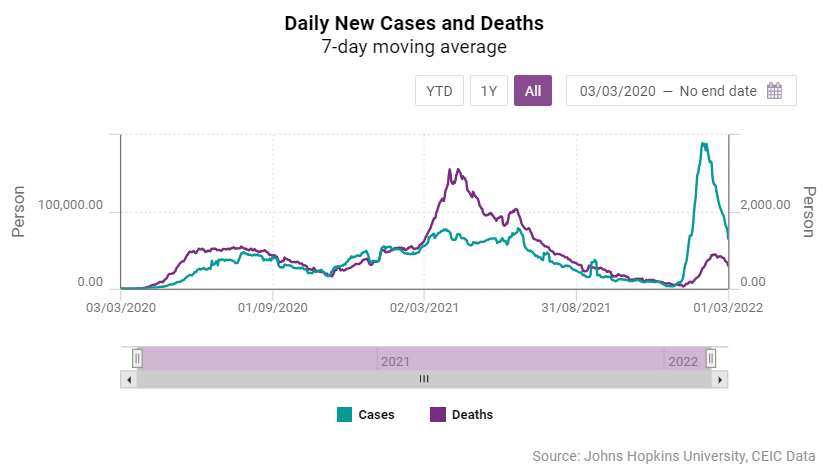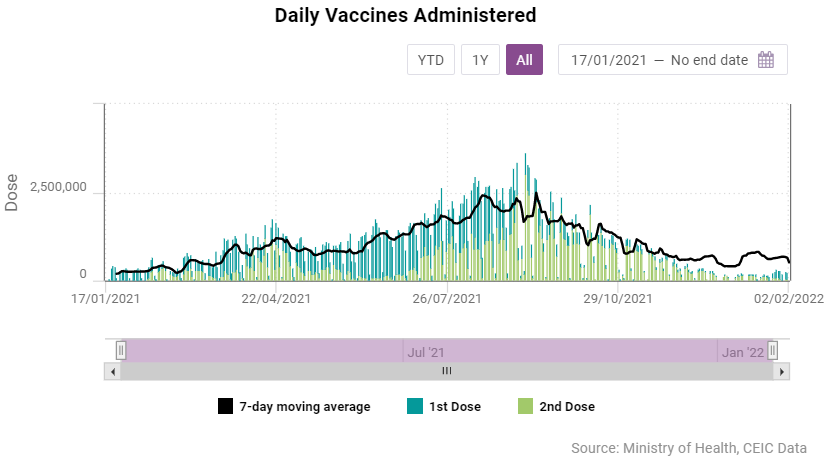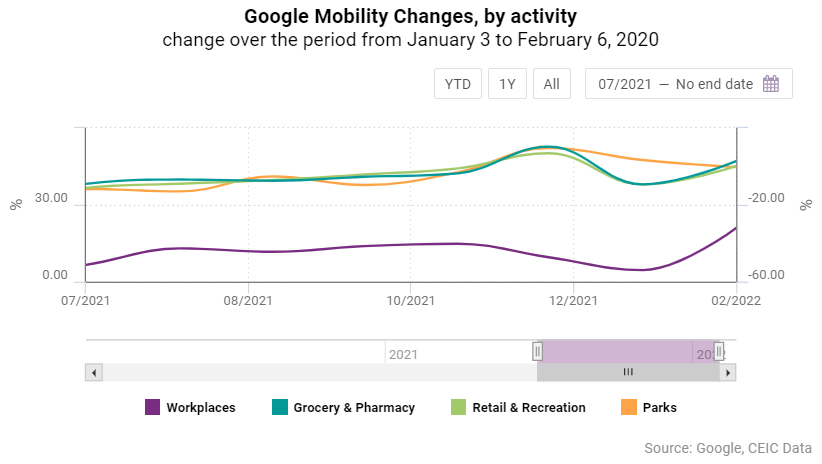-png.png)
The COVID-19 pandemic has become a major challenge to society and policymakers across the globe in the last two years. With the first cases reported in China in late 2019, at the beginning of 2020 COVID-19 hit many European countries and soon turned into a full-blown pandemic. In this arduous scenario, many countries chose to adopt social distancing measures in order to control the spread of the virus. These restrictions harmed many economic activities that depend on face-to-face interaction, particularly in the retail and services sectors. In Brazil, as in many other emerging economies, informality plays a big role in the economy, with self-employed workers selling goods or services in public places, door-to-door, or in informal companies, in a face-to-face way. For this reason, it is no surprise that in Brazil social distancing measures were hard to implement in practice for long enough, especially given their severe adverse effects on the economy.
Fortunately, the advance of the vaccination program in Brazil, with more than 70% of the population having received at least two doses, has managed to mitigate the adverse socio-economic effects of the pandemic. In this sense, the services and tourism sectors are the ones that benefitted the most from the progress of the vaccination campaign. For instance, the volume of services provided to families has been increasing since May 2021, with growth rates of 14.8% y/y, 20.5% y/y and 21% y/y in October, November, and December 2021, respectively. On the other hand, the value of services provided to families increased by 27.2% y/y in October 2021, by 23.8% y/y in November and by 25.6% y/y in December. The volume of tourism activities grew by an average of 25.5% y/y in October and November and by 30.7% y/y in December 2021, while the nominal revenue from such activities grew by 41.7% y/y, 40.5% y/y and 42.9% y/y, respectively. Formal employment in the services sector also increased in 2021, particularly in the segments closely linked to tourism. However, the emergence of new COVID-19 variants, such as Omicron, might be an additional obstacle to economic recovery, as Brazil is facing economic stagnation with relatively high inflation rates in 2022.
Despite the social distancing measures implemented in 2020 and 2021, Brazil is among the countries that suffered the greatest number of COVID-19 deaths while its economy has not yet returned to the pre-pandemic level. According to Our World in Data, on February 1, 2022, Brazil ranked second globally in terms of the total number of COVID-19 deaths, with 628,356 deaths, only behind the US. As regards deaths per million people, Brazil took a jarring lead with 2,936 deaths per million. Unfortunately, the country’s mortality risk is also among the highest, with 2.5% of the total cases being lethal.

The relatively high number of deaths in Brazil might be attributed to the belated start of the vaccination campaign, which began at the end of January 2021. After that, however, the daily number of administered doses increased rapidly, reaching more than 2.4mn in a seven-day moving average on September 14, 2021. On February 2, 2022, the seven-day moving average of daily vaccines administered was around 516,000, unsurprisingly lower than in the previous months, since roughly 70% of the population is fully vaccinated. The daily number of administered vaccines is likely to increase in the following months, as child vaccination has just started in Brazil.

According to the Ministry of Health, more than 360mn doses of vaccines have been distributed as of February 15, of which 144mn are Pfizer/BioNTech; 120mn are AstraZeneca; 90mn are Butantan/Sinovac, produced by the Brazilian biologic research centre Butantan in partnership with Chinese biopharmaceutical company Sinovac Biotech; and 6.8mn are Janssen. It is important to highlight that the definition of a full vaccination depends on the vaccine brand. Janssen is the only single-dose vaccine, the vaccination cycle of AstraZeneca/Oxford and Pfizer/Biontech takes two shots, and that of Butantan/Sinovac takes three. However, after the emergence of new variants, such as Omicron, booster doses from different manufacturers have been administered to complete the vaccination cycle.
The positive effects of the vaccination program can already be observed. With the resurgence of cases attributed to the Omicron variant in late 2021, the seven-day moving average of new cases skyrocketed at the beginning of 2022, reaching its highest values since the initial COVID-19 outbreak. By the end of January 2022, the seven-day moving average of new cases was around 190,000, way higher than the previous record of 78,663 cases on June 22, 2021. The seven-day moving average of deaths, however, has not followed the same trajectory and was less than 800 deaths per day, compared to a peak of roughly 3,000 deaths on April 11, 2021. Unarguably, the high vaccination rate resulted in a lower death toll.
The relatively low number of new cases at the beginning of December 2021, together with the high share of fully vaccinated population and the traditional December holidays, encouraged public authorities to allow the gathering of people in public places, malls, sporting events, festivals, concerts, and other sorts of recreational events. According to the Google Mobility Changes Index, the mobility to parks in Brazil was 9.61% higher in December 2021 than in the pre-pandemic period between January 3 and February 6, 2020 – the baseline period of the indicator. Visits to retail and recreation places – which include restaurants, museums, amusement parks and shopping centres – rose at a record high rate of 6.9% in the last month of 2021, also compared to the baseline period, while visits to grocery stores and pharmacies jumped by 52.7%.

The mobility to workplaces, however, moderated in December, growing by 9.6%, following a growth of 14.8% in November 2021. The resurgence of COVID-19 cases due to the Omicron variant, as well as the H3N2 influenza outbreak, has negatively affected the mobility of people in the first month of 2022. The mobility to groceries and pharmacies slowed down in January, growing by 38% compared to the baseline period, whilst the mobility to workplaces and parks moderated to 4.5% and 3.3%, respectively. Still, the mobility to retail and recreation plunged by 9.4% in January 2022 – the lowest rate since July 2021. Considering that January is usually a vacation month for Brazilians, the numbers are quite alarming.
Sign in to access all datasets for this insight piece here. Alternatively, you can learn more about the CEIC Brazil Premium Database - the premier source for everything you need to know about the Brazilian economy, housing an unprecedented wealth of information revealing the drivers of the market.
.png?width=160&name=ceic-logo-Vector%20logo%20no%20tagline%20(002).png)
